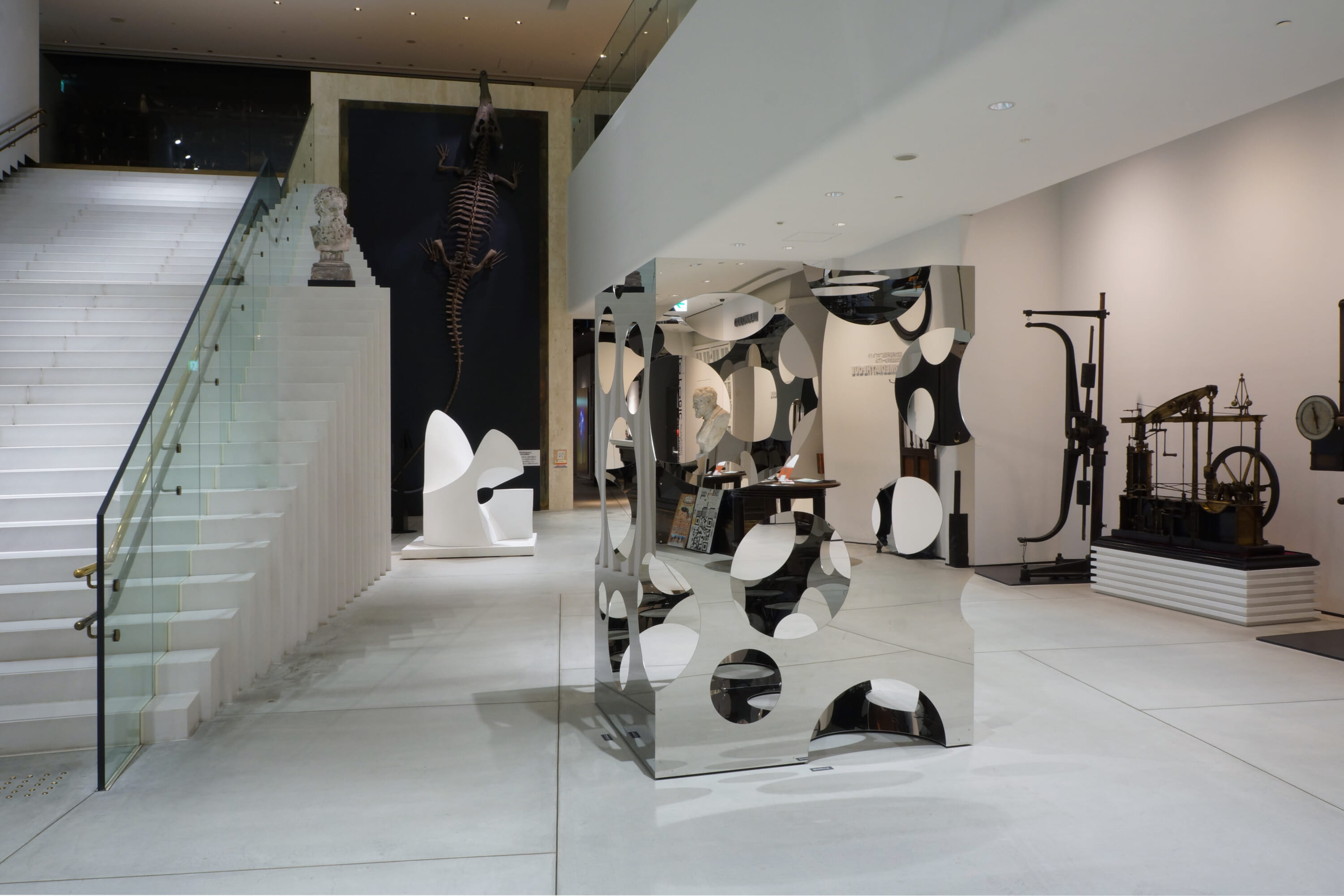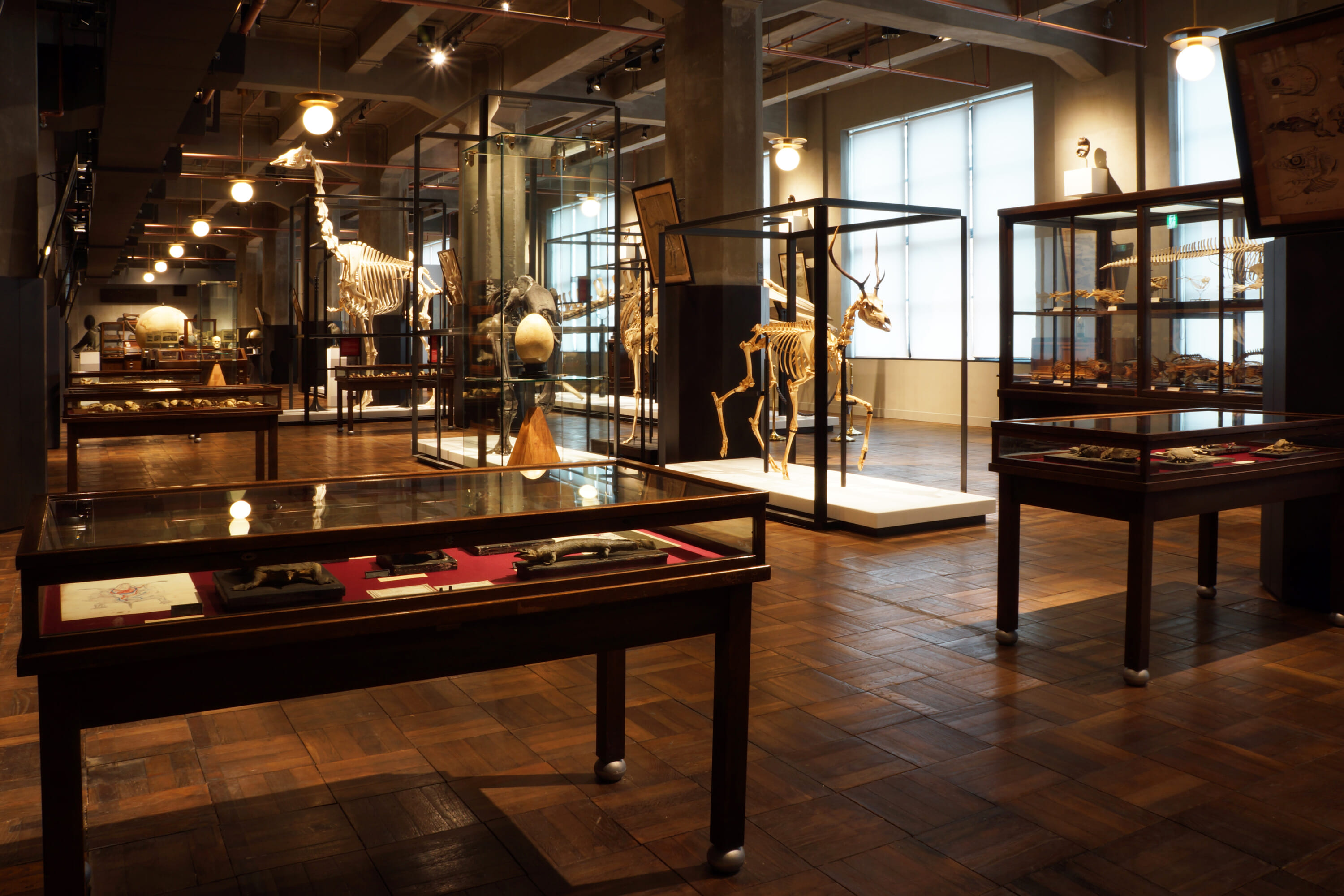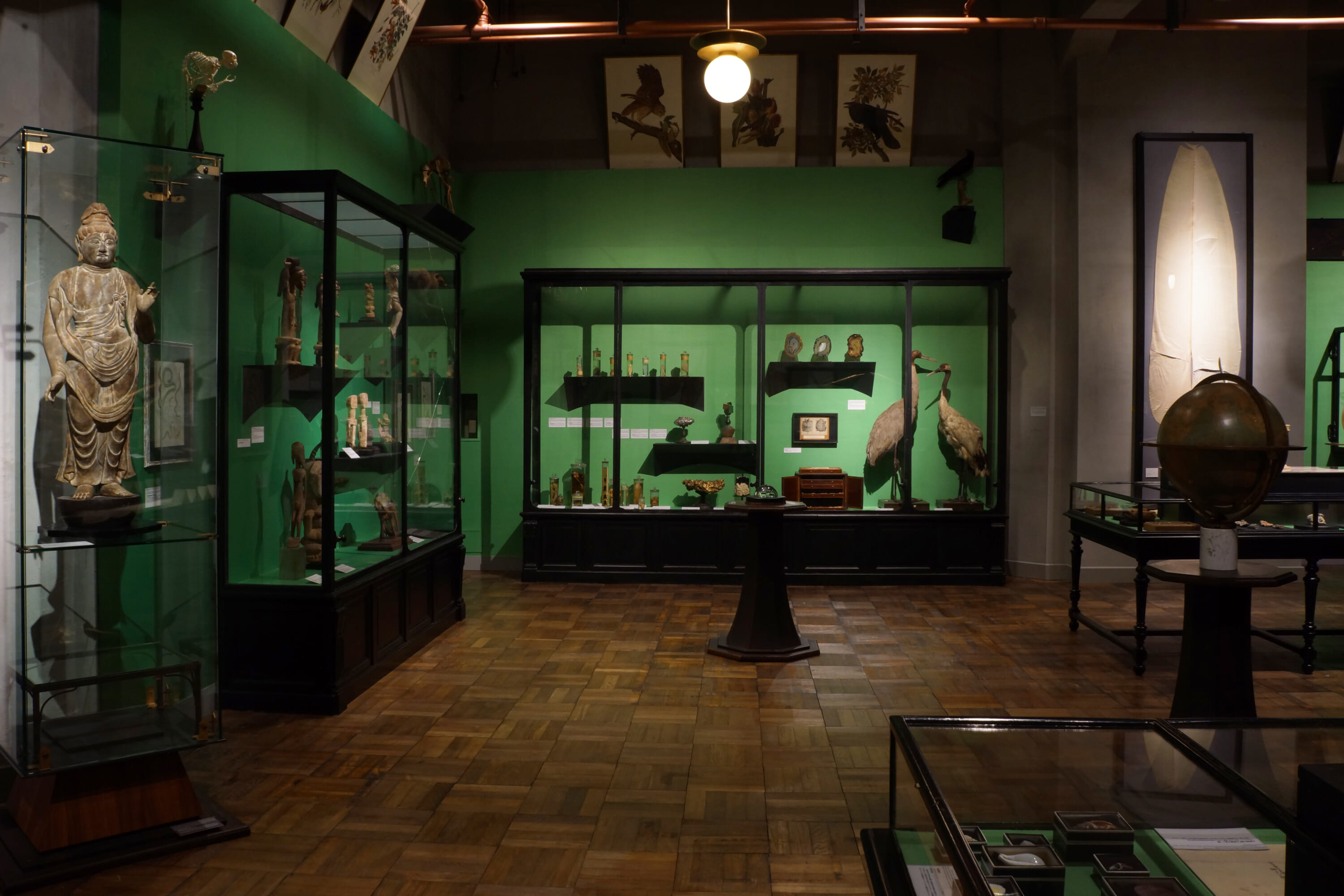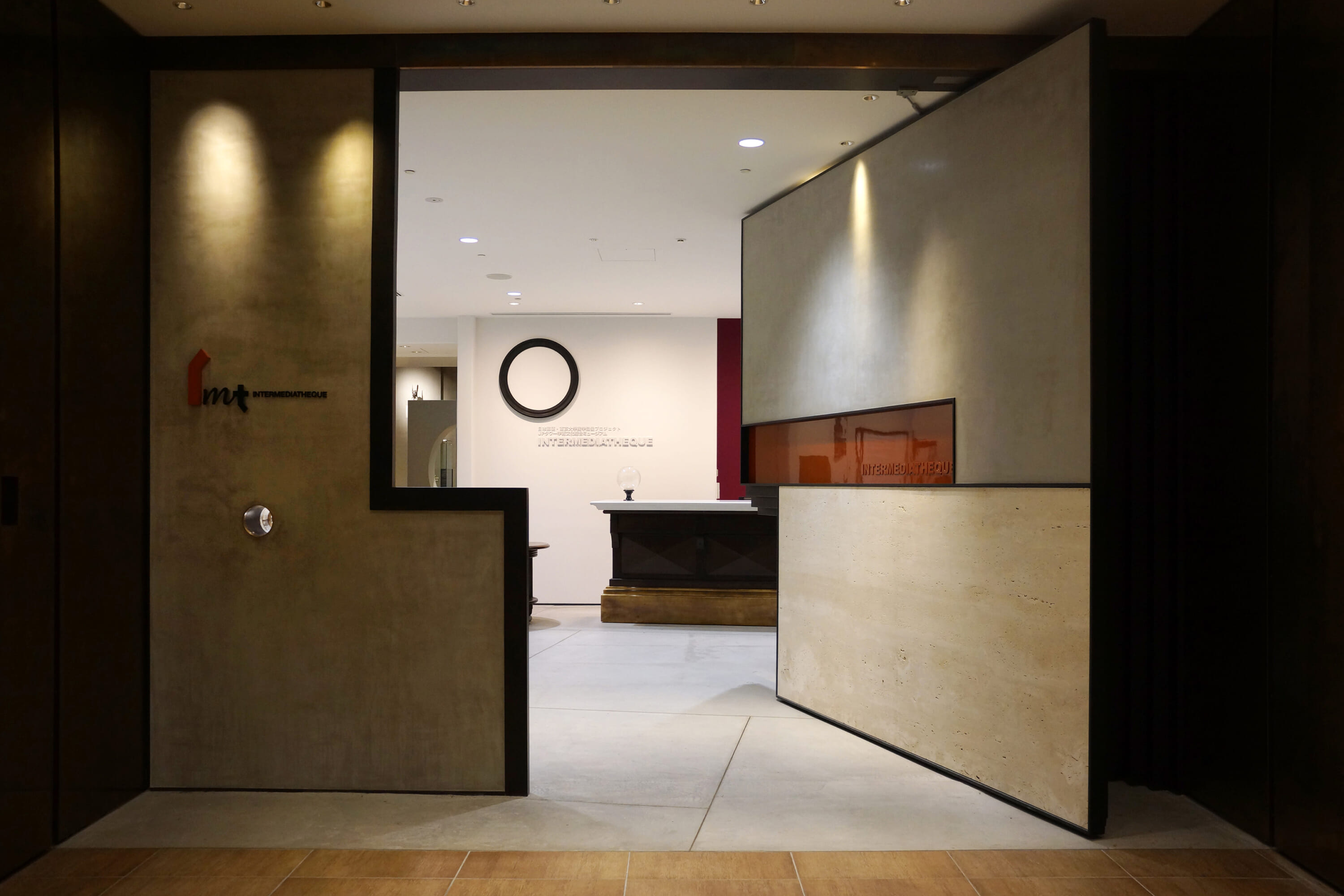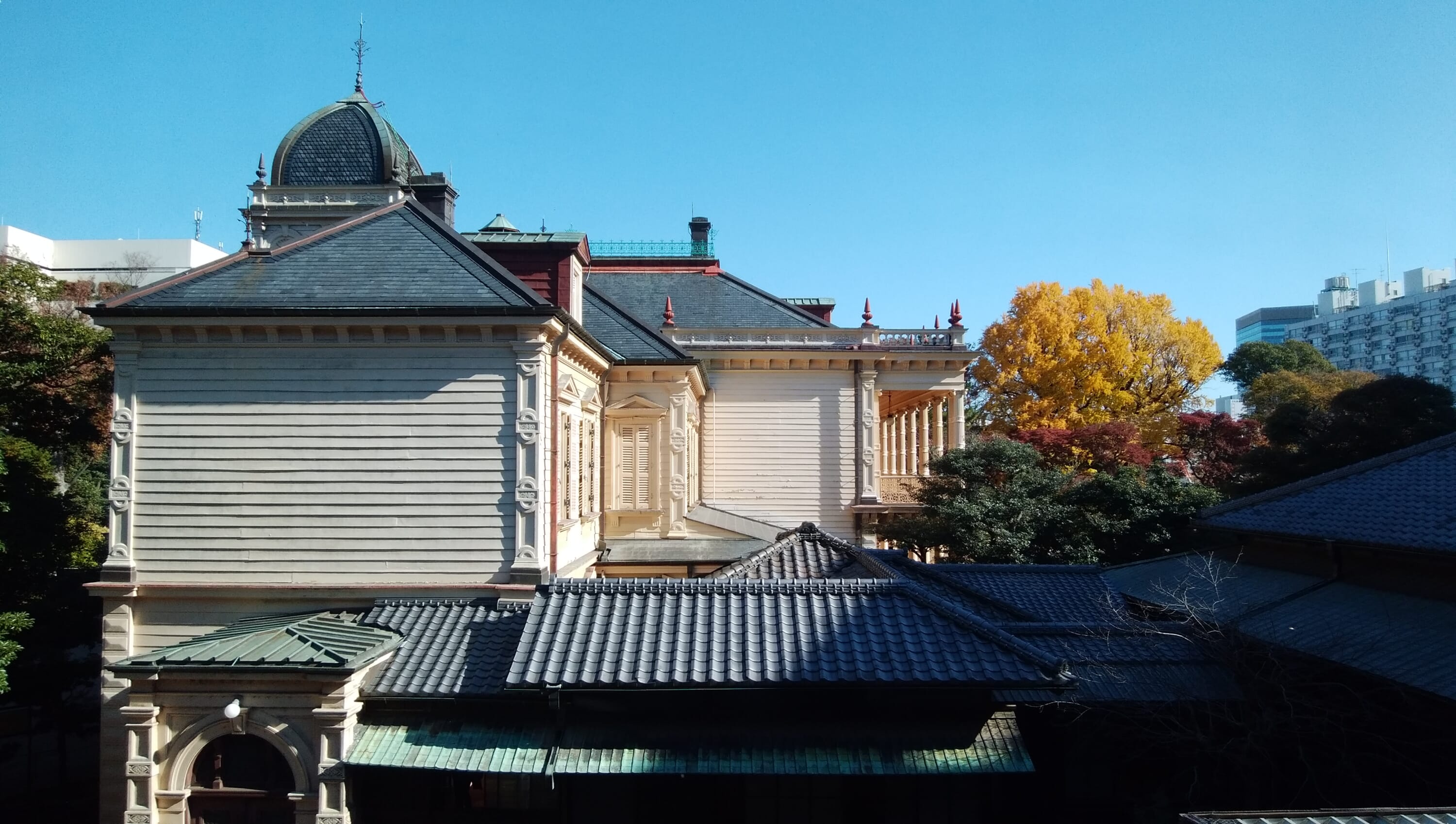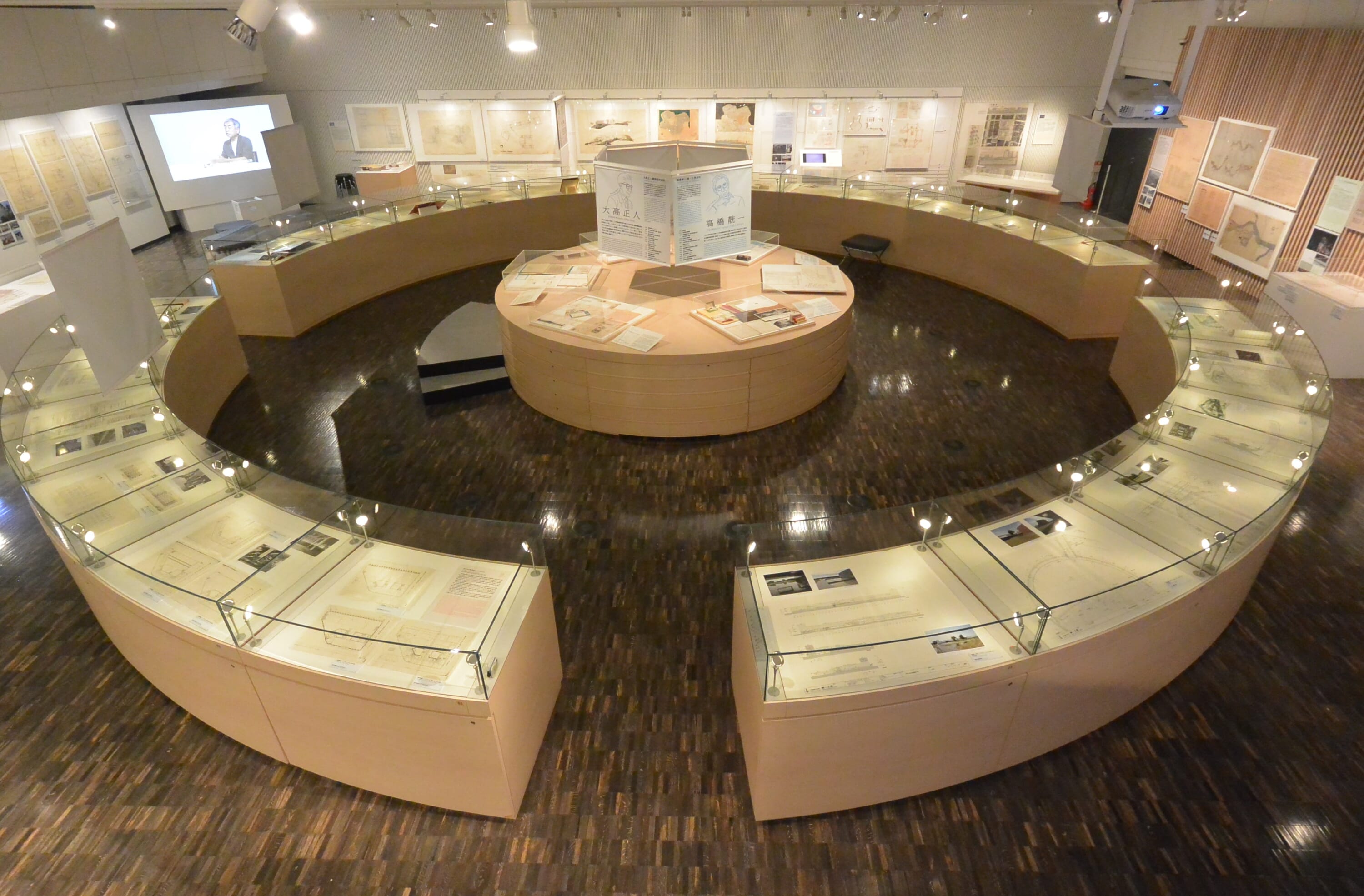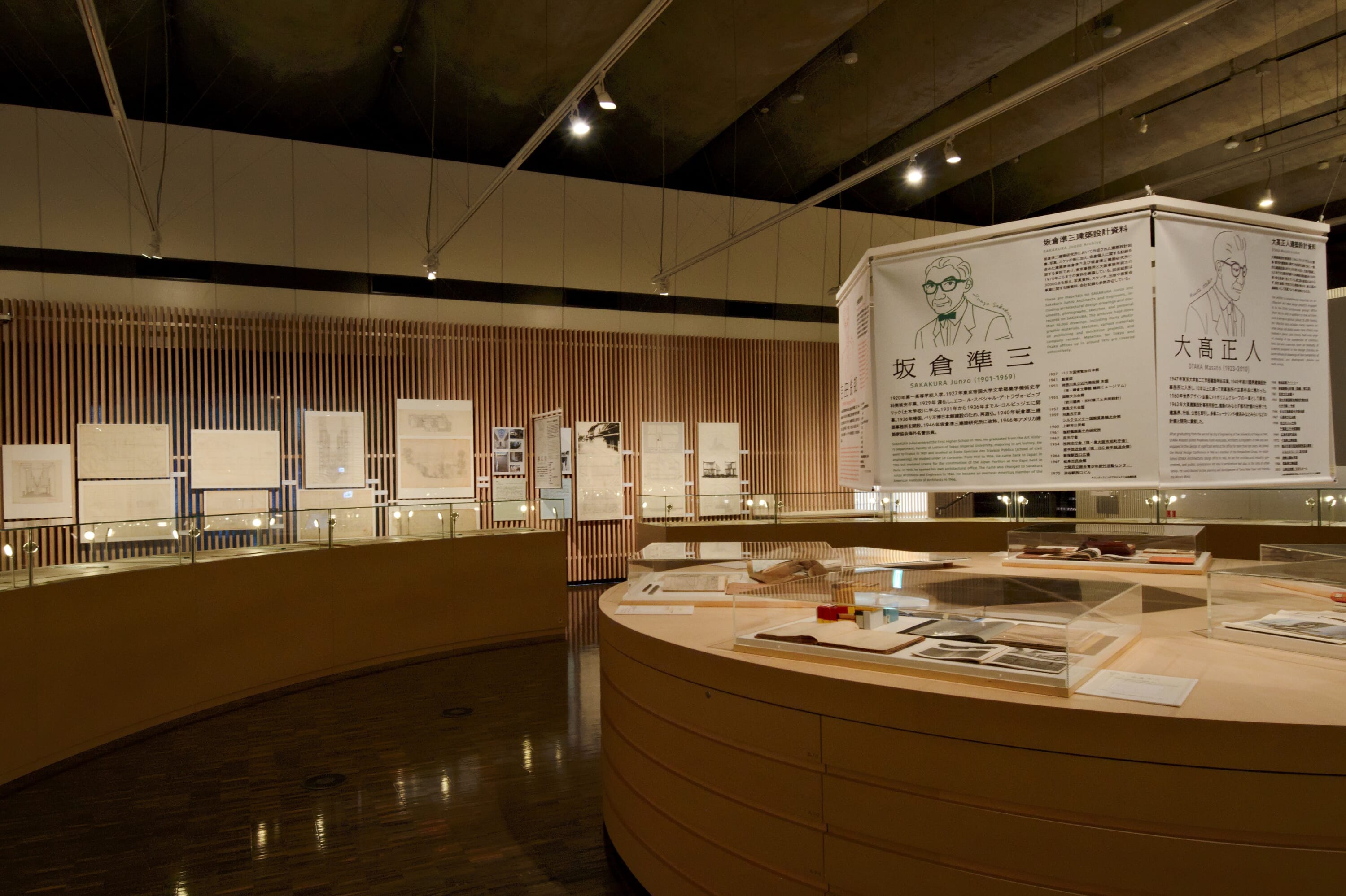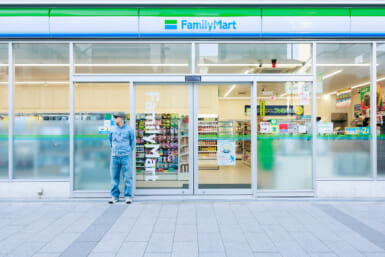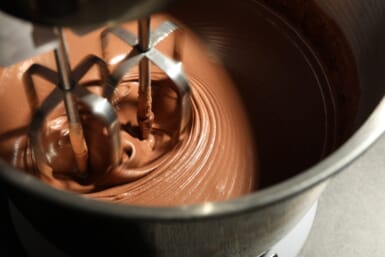While Tokyo is home to many famous museums and galleries, there are a number that fly under the radar. Here are a few venues worth visiting on your next art outing.
1. Art Factory Jonanjima: Manufacturing Creativity
Art Factory Jonanjima is a multistory art complex in the Jonanjima warehouse district near Haneda Airport. Offering studios for painters, sculptors and other artists, it holds exhibitions and “open studios” that allow a glimpse into the artists’ creative processes. There are also arts and crafts workshops for all ages and an annual model railway contest.
Other attractions include a roof balcony, enlarged ukiyo-e prints with sound effects and a 960 square-meter hall permanently displaying the ceramic sculptures of contemporary artist Kimiyo Mishima.
- Hours: 12 p.m.–5 p.m. (irregular holidays)
- Admission: Free
- Special notes: Reservations required
- Access: From JR Omori, Heiwajima or Ryutsu Center stations, take the Keikyu bus Mori 32 Line (Jonanjima Loop) to Jonanjima-Nichome.
2. Hagiso: A Cozy Space for Art and Coffee
The current incarnation of Hagiso arrived in 2013 after the wooden apartment building was saved from demolition and renovated. Today, it’s a popular hangout featuring the three-walled gallery Hagi Art and the eatery Hagi Cafe.
The gallery spotlights young contemporary artists and functions as a space for performances and creative events. The café serves up meals, coffee and sweets, including occasional treats inspired by the artwork. Upstairs is the reception room for the Hanare Hotel and Hagi Salon massage parlor.
- Hours: Weekdays 8 a.m.–5 p.m., weekends and holidays 12 p.m.–8 p.m. (See Instagram for details.)
- Admission: Free entry
- Access: 10-minute walk from Nippori or Sendagi stations
3. The Gallery of Horyuji Treasures: Ancient Art, New Tech
Tucked behind the Tokyo National Museum (TNM) in Ueno Park, The Gallery of Horyuji Treasures houses over 300 ancient artworks, mainly from the seventh and eighth centuries, given to Japan’s Imperial Household by Horyuji Temple in Nara. Highlights include 11 National Treasures and 184 Important Cultural Properties, such as Buddhist sculpture, gigaku ceremony masks and paintings of Horyuji’s founder, Prince Shotoku (574–622 CE). The strikingly minimalist building was designed by Yoshio Taniguchi, who was also responsible for the 2004 expansion of MoMA in New York.
The Digital Gallery of Horyuji Treasures launched in 2023. This space on the top floor lets visitors interact with digital content and reproductions of art that cannot be displayed permanently due to fragility. An 8K high-definition monitor and tangible user interface with explanations in Japanese and English offer self-directed viewing with greater clarity than possible with the originals. A digital display of the National Treasure painting series Illustrated Biography of Prince Shotoku is showing until July 28, followed by an exhibition about the murals of Horyuji (July 30, 2024–January 26, 2025).
TNM visitors can experience another form of cutting-edge technology with the Door to Japanese Art program, which offers interactive displays of cultural properties. A high-resolution facsimile of the National Treasure “Chinese Lions” is on exhibition until June 30 in Room T3 of the Honkan building. Here, tea ceremony fans will also appreciate “Cultural Properties in 8K: A Hands-On Look at Legendary Tea Bowls,” where replicas of priceless bowls can be handled like controllers to view details of original treasures on an 8K monitor. If this leaves you with a taste for matcha, head to the Tohaku Chakan Japanese tea café in TNM’s garden.
- Hours: Tuesday to Sunday 9:30 a.m.–5 p.m. (until 7 p.m. on Fridays and Saturdays)
- Admission: Included in the ¥1,000 TNM fee
- Access: 10-minute walk from JR Ueno or Uguisudani stations
4. Intermediatheque: Where Natural History and Culture Meet
The Marunouchi side of Tokyo Station has no shortage of cultural attractions, so unless you’re aware of Intermediatheque on the second floor of Kitte (a white brick post office and shopping center just outside the station), this museum can be easy to miss.
Intermediatheque is run by Japan Post and the prestigious University of Tokyo’s University Museum. Centered on artifacts collected since the university’s founding in 1877, Intermediatheque aims for interdisciplinary experimentation through chicly designed exhibitions of scientific specimens and cultural objects from around the world. Its subjects range from ancient, contemporary and botanical art to paleontology and historically important musical instruments and recordings.
Permanent exhibitions include “Guimet Room –– Small Chamber of Curiosities,” with periodically renewed displays in antique showcases. Current special exhibitions present millennia-old pottery from Japan and Ecuador and premodern maps of Tokyo.
- Hours: Tuesday to Sunday 11 a.m.–6 p.m. (until 8 p.m. on Fridays and Saturdays)
- Admission: Free
- Access: 1-minute walk from JR Tokyo Station (Marunouchi south exit), 2-minute walk from Nijubashimae Station (exit 4)
5. NAMA: Exploring The Modern Foundations of Japanese Architecture
The National Archives of Modern Architecture, Agency for Cultural Affairs (NAMA) boasts 200,000 sketches, reference materials and other items related to leading Japanese architects. It holds around two public exhibitions a year on topics such as traditional carpentry in modern architecture and postwar urban design. A show to celebrate NAMA’s 10th anniversary in 2023 highlighted iconic designs by Japanese architects of the past century, including Kenzo Tange’s Hiroshima Memorial Peace Museum, Junzo Sakakura’s National Museum of Western Art and Kunio Mayekawa and Sachio Otani’s entry for the Pompidou Center design contest. (An exhibition catalog in Japanese and English is available for download).
The next show, scheduled for early August through late October 2024, will focus on Sutemi Horiguchi (1895–1984), a founder of Japan’s first modern Secessionism-based architectural movement, examining his sukiya residences and other facilities inspired by Japanese tea houses.
NAMA is located at the northern edge of the Yushima Local Government Office grounds near Ueno Park. Entry through the office’s main gate is free but limited to weekdays. The archives are also accessible from Kyu-Iwasaki-tei Gardens, site of the former Iwasaki residence built in 1896 by British architect Josiah Condor. For ¥400, visitors can stroll from the historic estate directly to the archives.
- Hours: 10 a.m.–4:30 p.m.
- Admission: Free via Yushima Local Government Office (weekdays only), ¥400 via Kyu-Iwasaki-tei Gardens (any day NAMA is open)
- Special notes: Irregular openings; check the website for exhibition schedules
- Access: 8-minute walk from Yushima Station

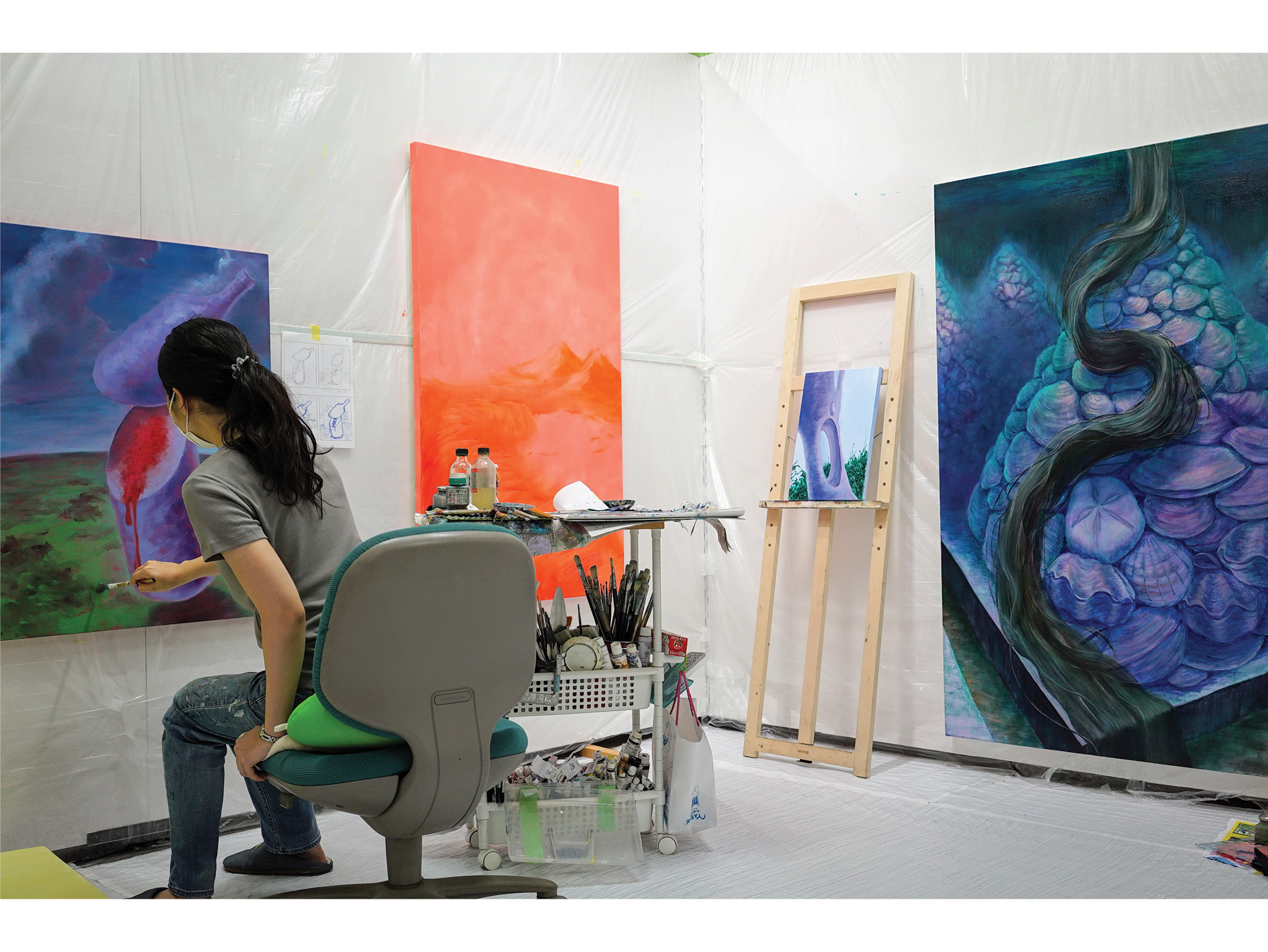
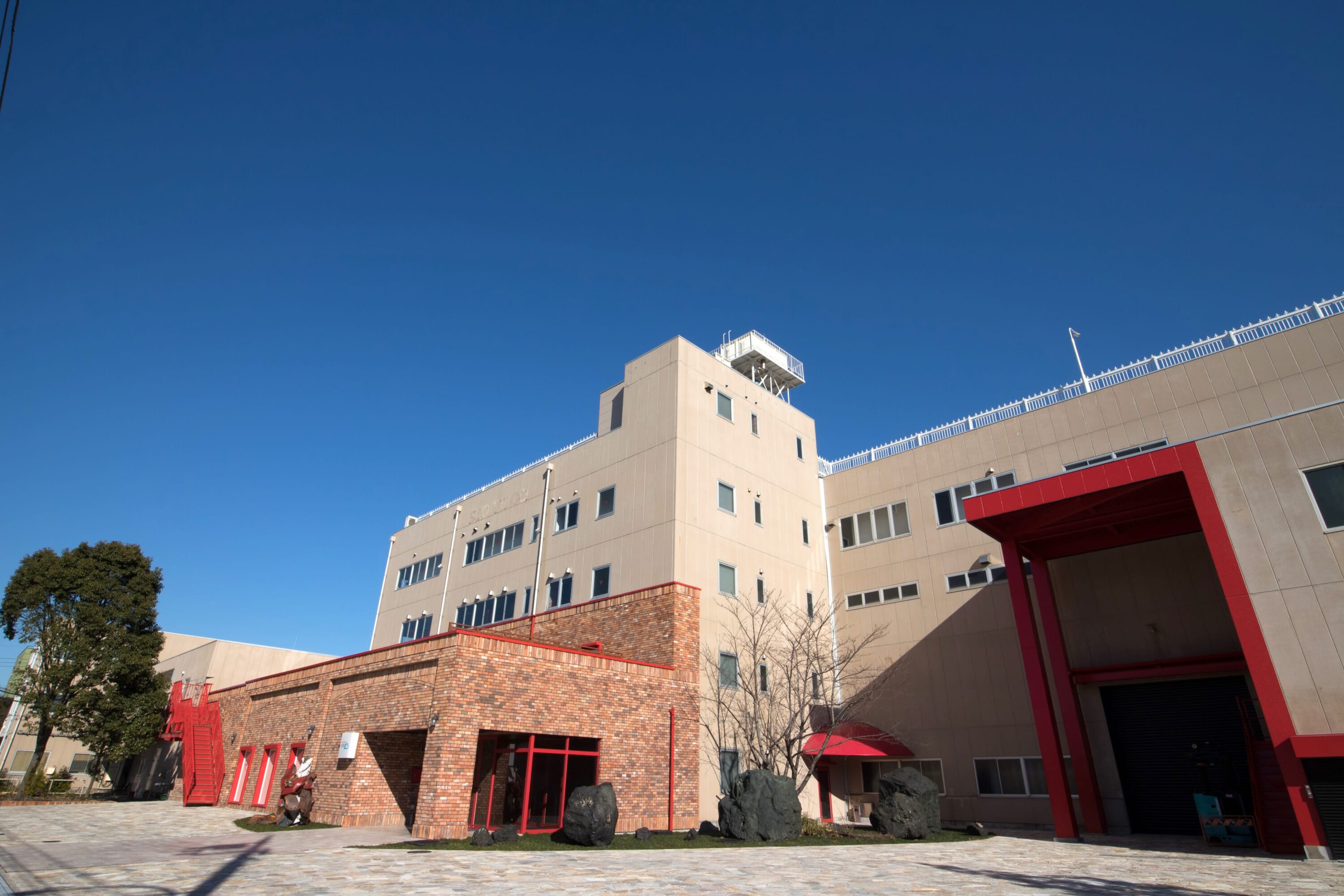


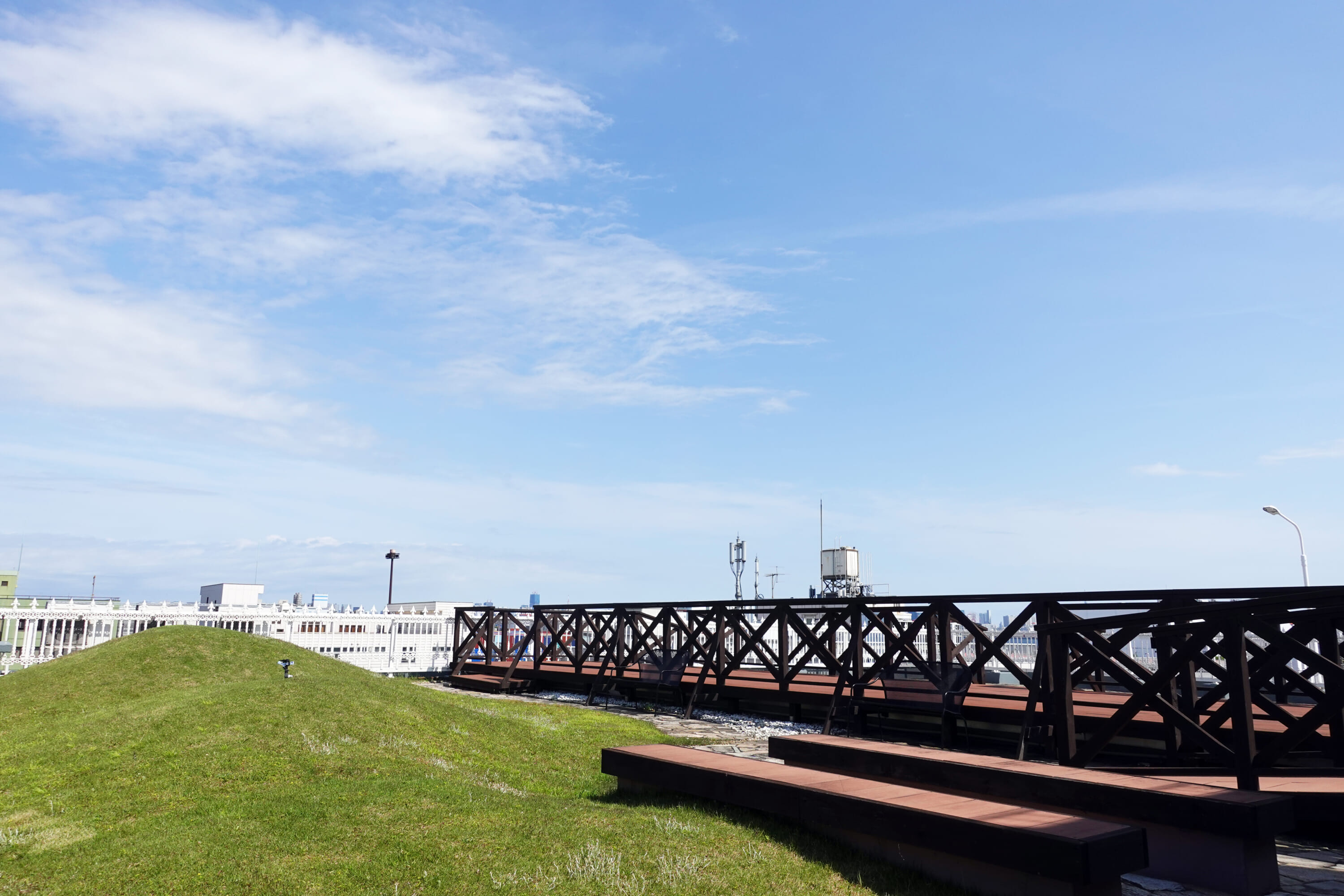

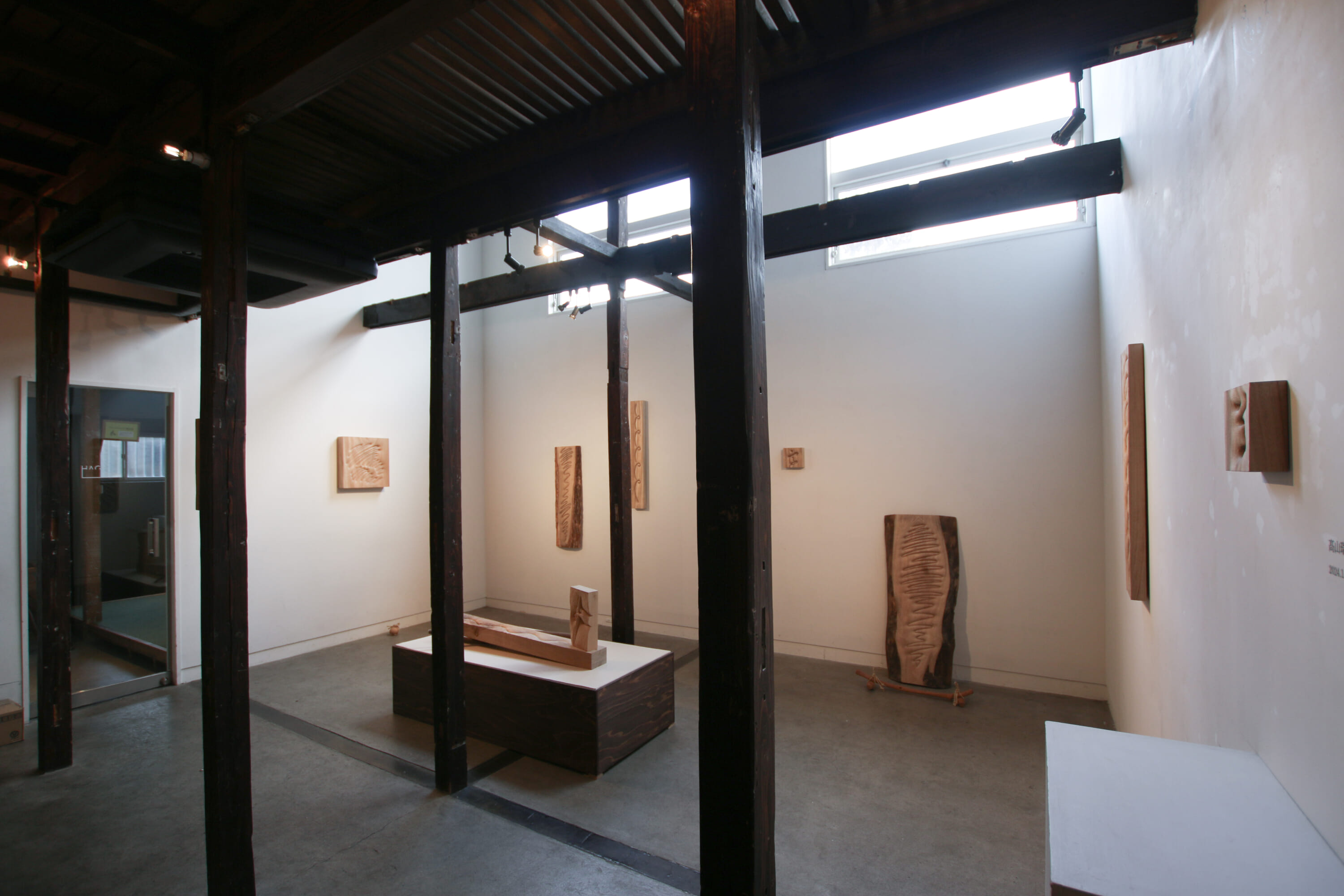
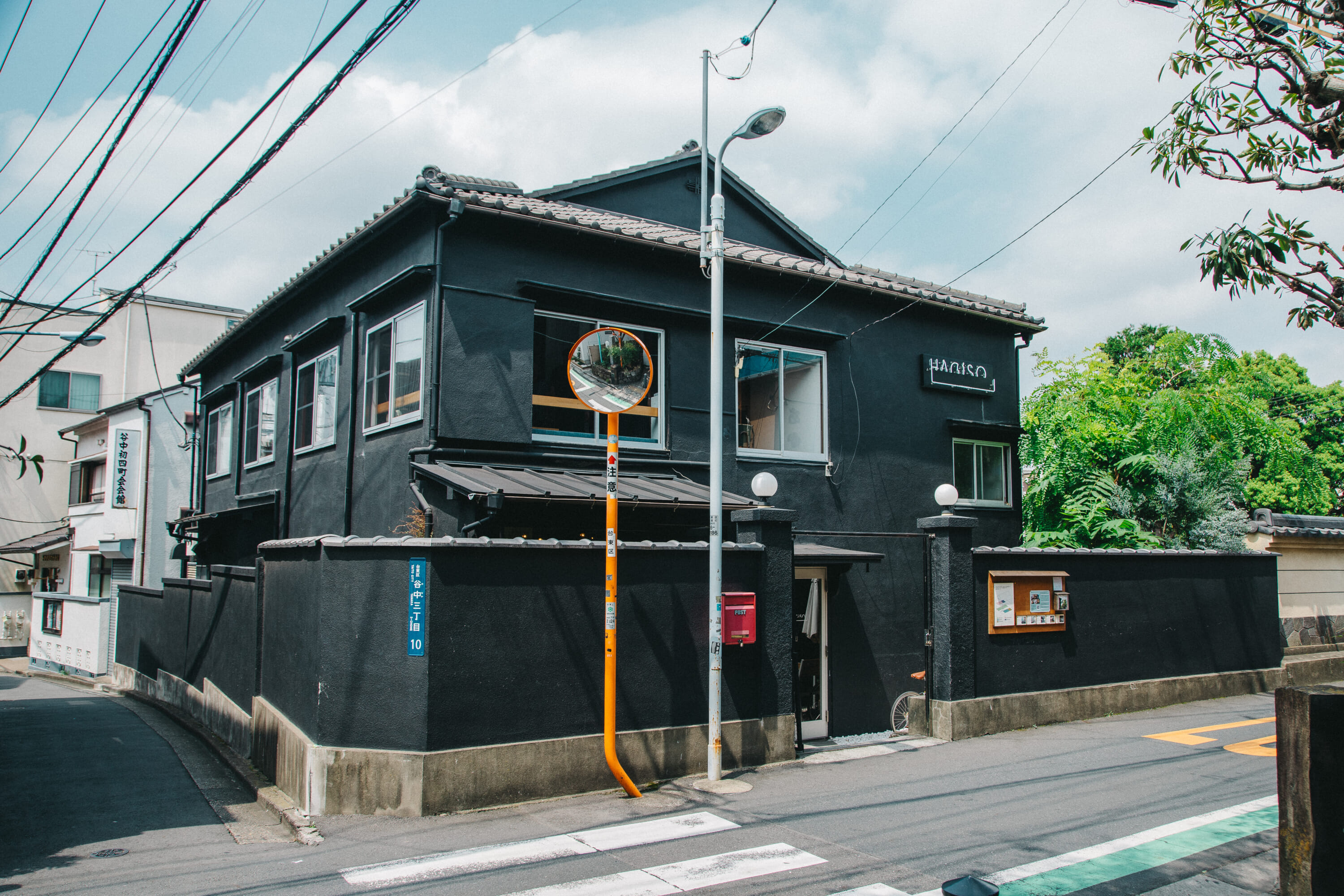
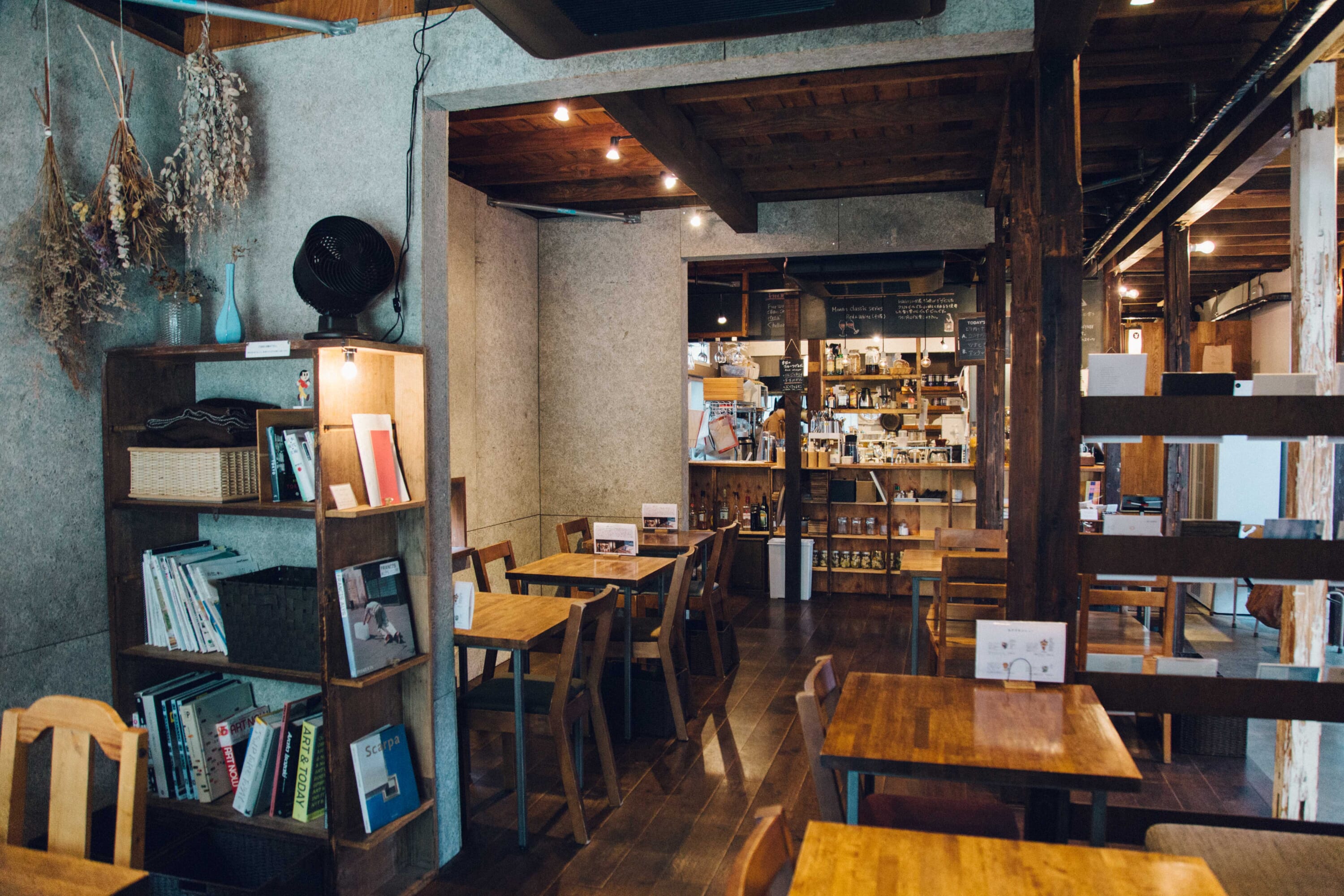
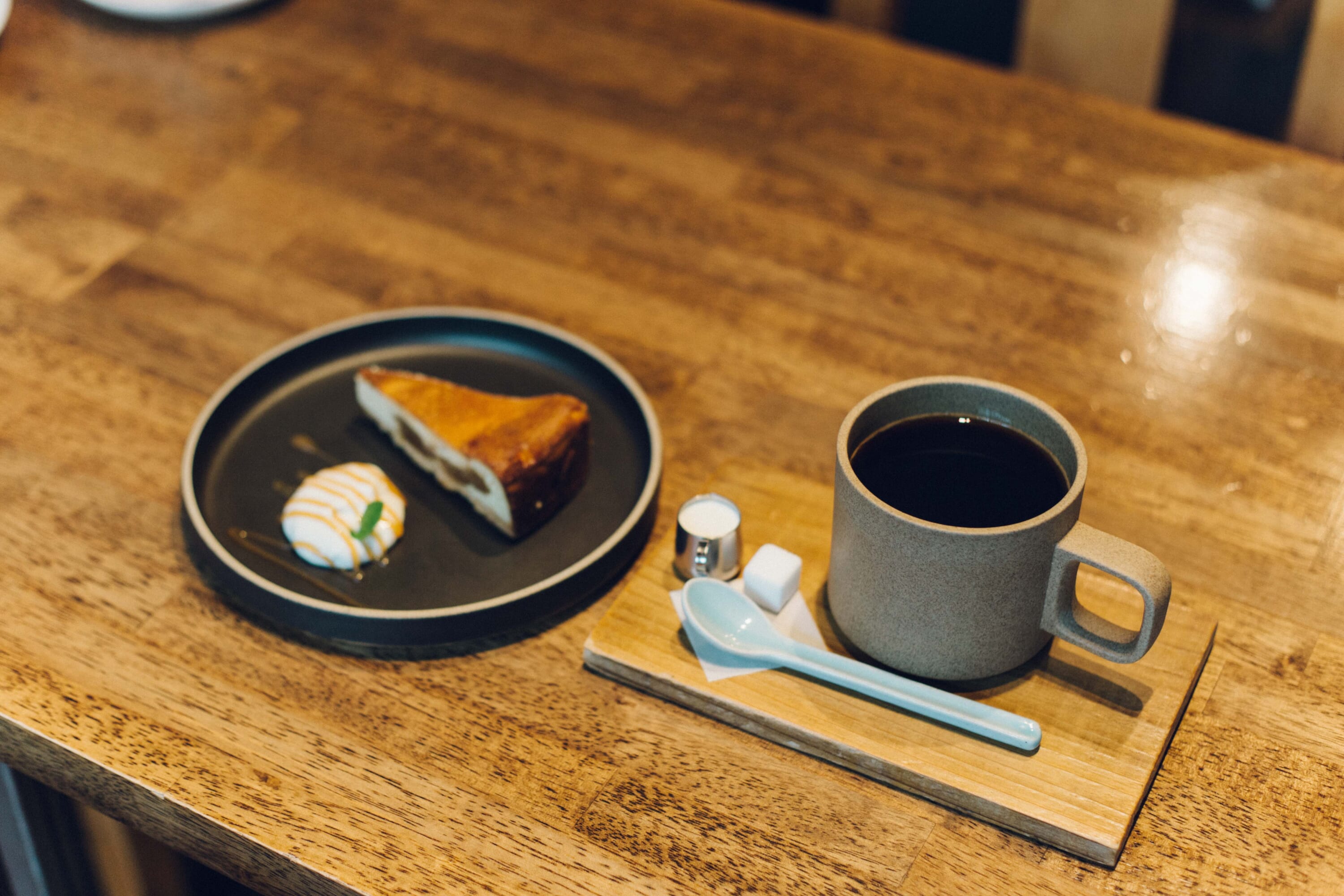

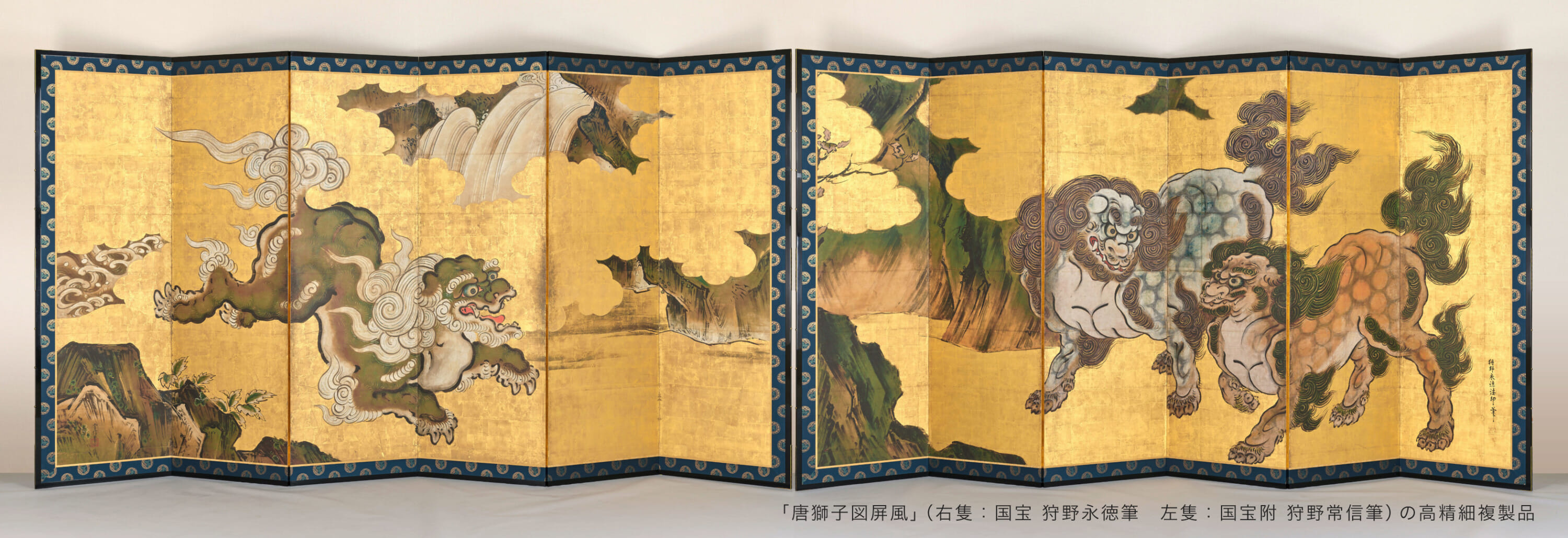
のコピー.jpeg)

